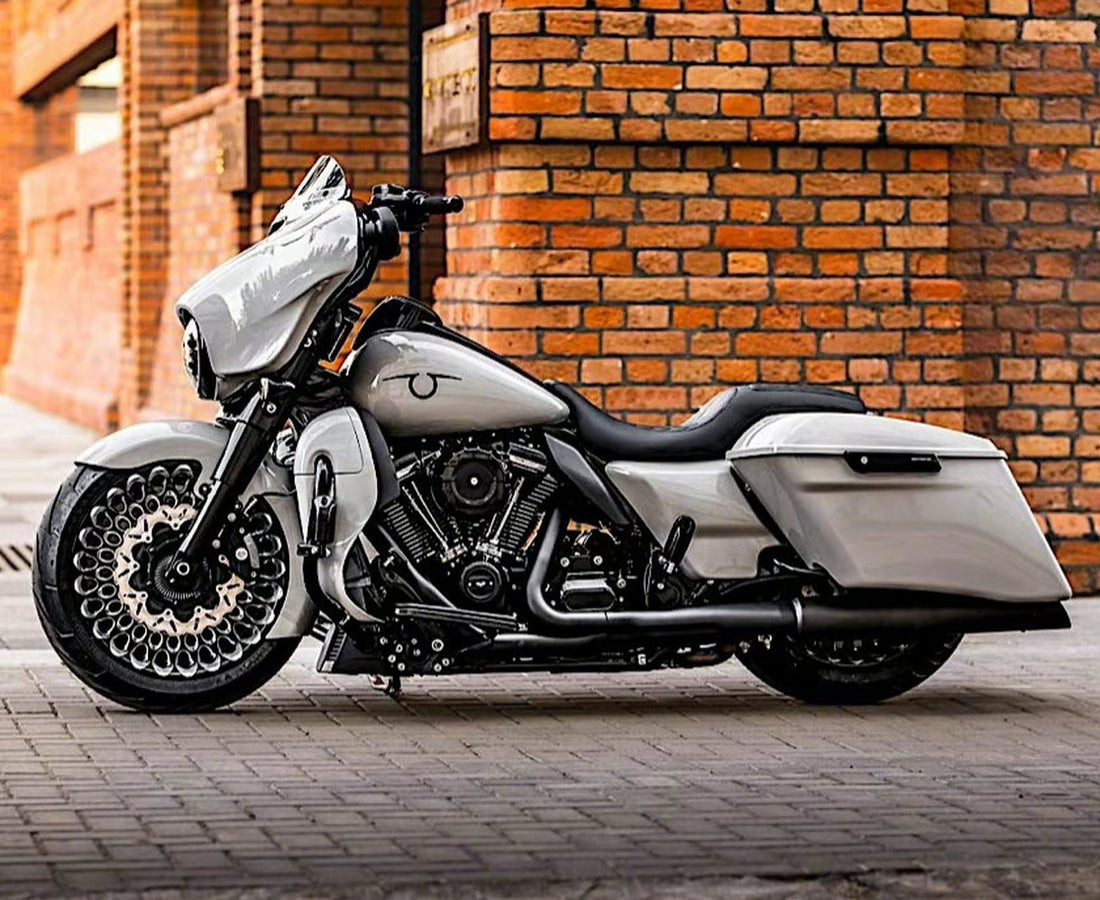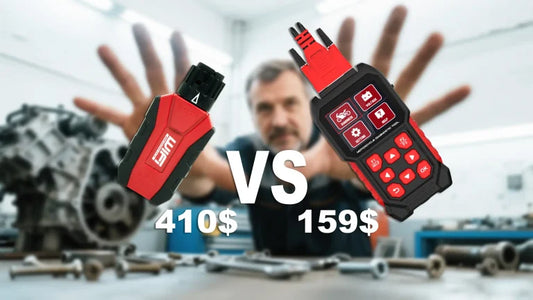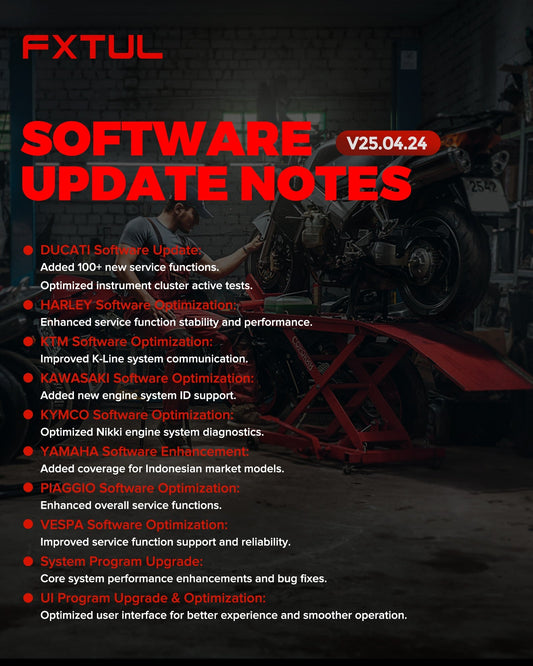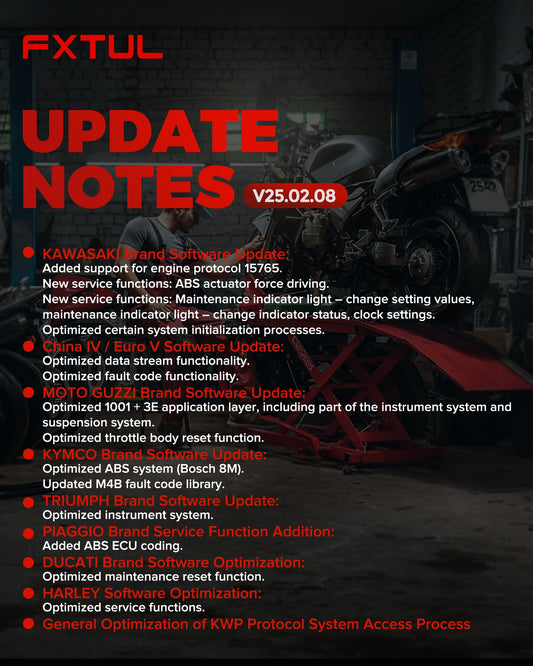Core Principles and Differences
1. OEM Air Filters - Balance and Reliability
· Material and Structure: Typically utilize paper filter media of specific density, with filter fibers arranged in a complex labyrinthine structure to capture dust particles.
· Design Philosophy: Prioritizes maximum filtration efficiency (typically removing over 98% of harmful particles) while ensuring adequate airflow. Primary objectives are long-term engine reliability and compliance with emissions regulations.
2. High-Flow Air Filter - Performance and Airflow
· Material and Construction: Typically employs multi-layered oil-coated cotton or specialized sponge media. The pores between layers are larger than those in paper filters, and a special oily coating helps trap dust.
· Design Philosophy: By increasing effective filtration area and reducing intake resistance, it allows the engine to “breathe” more freely, potentially enhancing power response and peak horsepower. These filters are usually washable and reusable.
Pros and Cons Head-to-Head
To make the comparison more intuitive, I've outlined their core strengths and weaknesses:

Advantages and Disadvantages of High-Flow Air Filters
• Advantages:
1. Enhanced Power Response: This is its biggest selling point. Lower intake resistance means the engine works less hard to draw air, especially at mid-to-high RPMs. Throttle response becomes more immediate, delivering power that feels “on demand.”
2. Reusable and cost-effective long-term: Though the initial purchase cost is higher, it can be cleaned (requires a dedicated cleaning kit) and last the lifetime of the vehicle. Over time, it may be more economical than frequently replacing OEM air filters.
3. Enhanced intake sound: Many enthusiasts appreciate the deeper, more direct intake note produced when the engine draws in air after installation.
4. Eco-friendly: Reduces environmental impact from discarded paper filter cartridges.
• Disadvantages:
1. Filtration efficiency debate: Generally considered less effective than high-quality OEM paper filters. Tiny dust particles may enter the engine, potentially posing long-term risks despite no immediate visible effects.
2. Requires additional maintenance: Not a permanent solution; regular cleaning and re-oiling are necessary. Improper maintenance (e.g., uneven or excessive oil application) can be counterproductive.
3. Potential Need for System Upgrades: For fuel-injected vehicles, the ECU may struggle to fully adapt to the increased airflow from a high-flow filter alone. To maximize performance, ECU remapping is often required, adding significant cost.
4. High Initial Investment: The combined cost of the filter element and cleaning kit far exceeds that of an OEM air filter.
Advantages and Disadvantages of OEM Air Filters
• Advantages:
1. Premium filtration protection: Provides the most reliable protection for your engine, minimizing wear and ensuring long-term health.
2. Hassle-free maintenance: Requires no additional upkeep; simply replace it at scheduled service intervals.
3. Perfect compatibility: Meticulously calibrated by OEM engineers to ensure optimal airflow and seamless ECU program matching under all operating conditions, eliminating the need for additional adjustments.
4. Warranty-friendly: Using OEM parts during warranty periods completely avoids disputes over component-related issues.
• Cons:
1. Mediocre performance: Sacrifices some airflow efficiency for enhanced filtration.
2. High long-term cost: As a disposable consumable requiring regular replacement, total expenses over the vehicle's lifespan are elevated.
3. Less eco-friendly: Each replacement generates waste.
How to choose?
Choose the OEM air filter if you:
· Seek ultimate engine protection and long-term reliability.
· Have a gentle driving style with no extreme demands on power response.
· Want hassle-free operation and avoid extra maintenance.
· Are still under warranty and wish to avoid any potential risks.
· Primarily ride in dusty or harsh environments.
Choose a high-flow air filter if you:
· You're a performance enthusiast seeking quicker throttle response and power gains.
· You're willing to accept a slight potential long-term risk for performance gains.
· You don't mind regularly cleaning and maintaining the filter, and enjoy the process.
· You've already made or plan other performance modifications (like exhaust) and are willing to remap the ECU for compatibility.
· You prioritize long-term (several years) cost-effectiveness and believe reusability offers better value.
Important Tips and Common Misconceptions
• The “Massive Performance Boost” Myth: Replacing only the air filter with a high-flow unit typically yields negligible horsepower gains (possibly just 1-3%), primarily improving throttle response. Claims of 10% increases in marketing materials usually result from combined ECU tuning and full exhaust system upgrades.
• Maintenance is Key: A dirty, improperly oiled high-flow air filter performs worse and offers less protection than a brand-new OEM filter.
• Brand Selection: If opting for a high-flow air filter, choose reputable brands like K&N or BMC. They strike a relatively reliable balance between filtration efficiency and performance.
Final Conclusion
This isn't a black-and-white choice.
• OEM air filters are “insurance”—they offer guaranteed protection, sparing you all the uncertainties.
• A high-flow air filter is an “investment.” You trade money, time, and potential minor risks for a more direct driving experience and possible long-term savings.
For the vast majority of everyday commuters and occasional drivers, the OEM air filter remains the safest and most recommended choice. However, for performance enthusiasts seeking driving pleasure and enjoying tinkering, a high-flow air filter is a worthwhile entry-level modification to consider.




